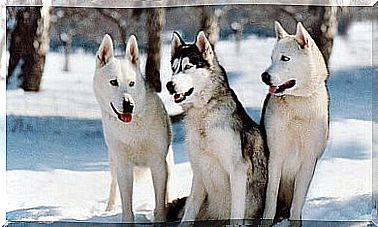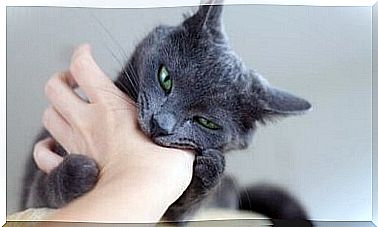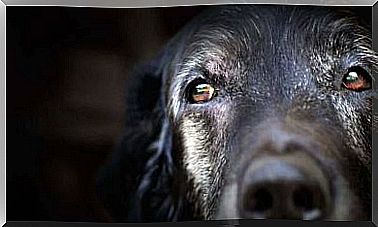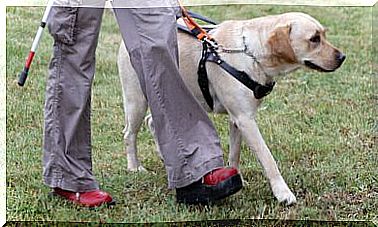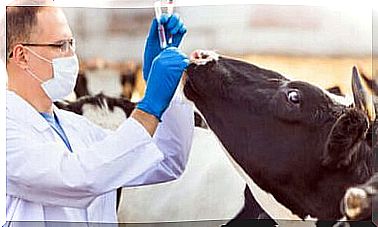Ivan Pavlov And Positive Reinforcement For Dogs
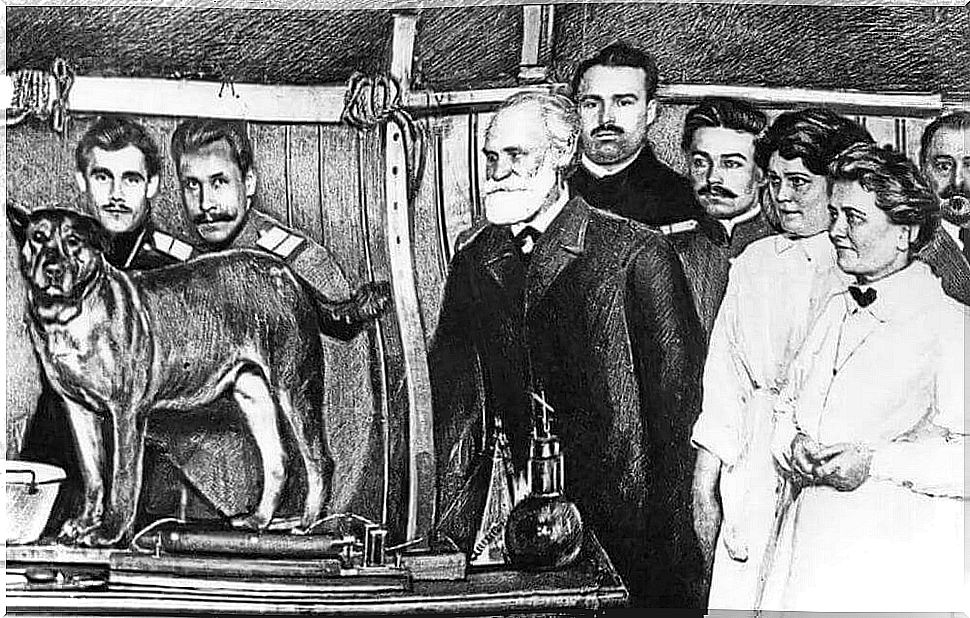
Positive reinforcement for dogs is starting to gain great popularity among owners and handlers. If we now know how our dogs react to these stimuli, it is thanks to the work of Russian psychologist Ivan Pavlov, winner of the Nobel Prize for Medicine in 1904.
The figure of Ivan Pavlov and positive reinforcement
Around the year of 1890, the Russian psychologist Ivan Pavlov focused on the study of salivation in dogs. Specifically, he wanted to study the causes that provoked this physiological response in the animal.
This phenomenon caught his attention because he realized that every time he entered the house, whether he took food in his hand or not, his dog salivated.
Pavlov’s study started from the basis that there were certain things a dog didn’t need to be taught; since they responded to instinctual reflexes. Animals, for example, unconsciously salivate at the proximity of prey or food.
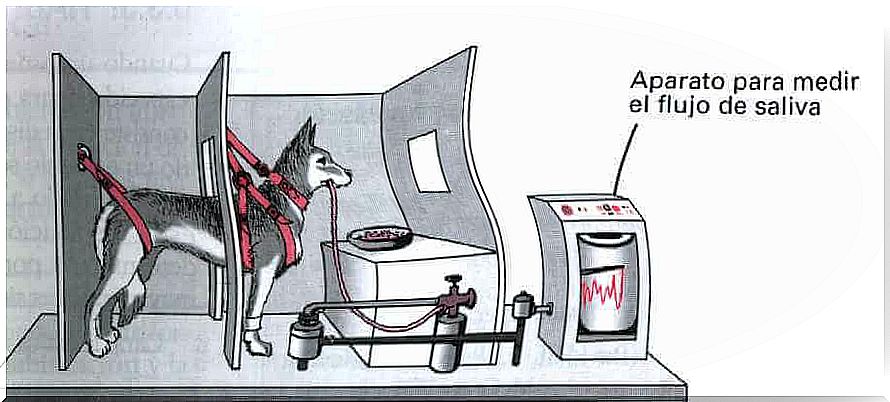
His study focused on experiments – considered cruel nowadays – that helped us to understand the unconscious responses that dogs experience when faced with stimuli. In this way, we are now able to predict how they will respond and apply the best training techniques.
This scientist discovered, through a series of experiments, how dogs unconsciously responded to certain stimuli, which revealed the association capacity – and intelligence – that these animals can have in face of very different realities.
Ivan Pavlov’s Conditioned Reflex and its Repercussion
The behavior studies called ‘ reflex unconditioned’ response to experiencing an animal before a stimulus, without even a prior action has caused, or a process of prior learning has taken him to react in such a way.
Pavlov demonstrated the existence of this unconditioned response by placing a bowl of food in front of a dog and measuring the amount of salivary secretions produced. The discovery allowed him to know that it was possible to produce the same response by creating new associations.
For example, in the case of feeding, the dog began to associate Pavlov’s laboratory assistant with the arrival of food, which resulted in a change in behavior.
The assistant that the dog had associated with food was a ‘neutral stimulus’ that the animal had related to something positive. Pavlov did the same with a bell, which rang every time he fed the dog. Despite sometimes not giving the dog anything, the salivary response remained.
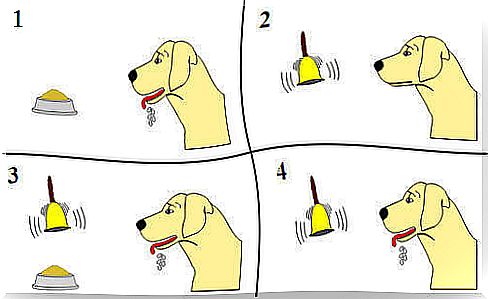
Thus, the ‘ conditioned reflex ‘ was discovered , that is, the ability to create a response in an animal, which would normally be produced unconsciously, from an element or action that interests us.
The Advantages of Positive Reinforcement Over Negative Conditioning
The growing popularity that positive dog education is experiencing is due to the fact that it is a good way to teach your dog to behave correctly without making him feel punished or annoyed.
Anyway, for each type of dog and each type of owner, there are different options that can be perfectly valid. Negative training, also called Alpha, is usually used with dogs with a dominant character. It is based on domination techniques by the owner.
Negative training is based on getting the animal to identify what it is doing wrong, so that it can correct itself. Owners can use newspapers to scare the pet, special straps, and other techniques if the dog is too aggressive.
If you have a medium-sized dog as a companion animal , positive reinforcement is the most effective solution. If, on the other hand, your dog is big and dominant and you want to use it as a guard dog, there are more options that a professional can recommend.
